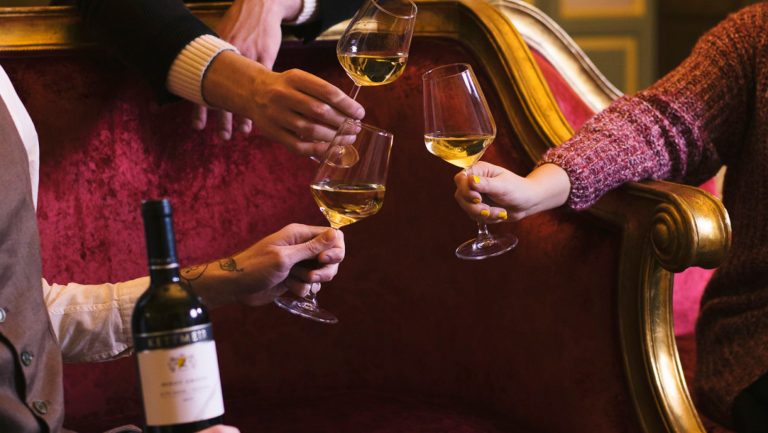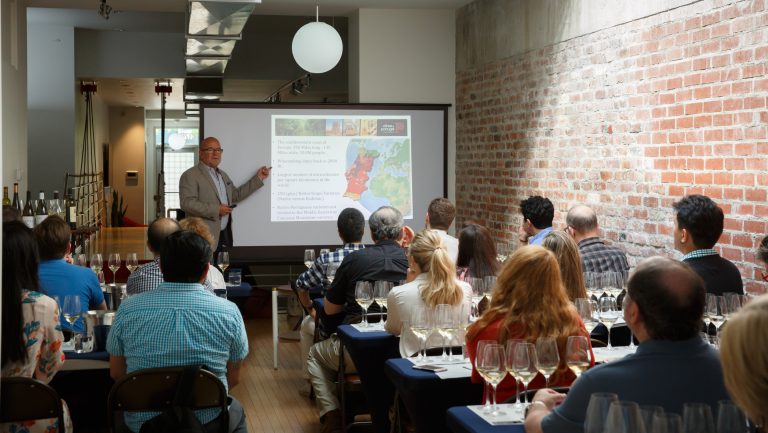This advertising content was produced in collaboration with SevenFifty and our sponsor Santa Margherita USA; it does not necessarily reflect the views of SevenFifty Daily’s editorial team. For more information, please refer to our ethics guidelines.
The historic Kettmeir winery—one of the most iconic producers in Italy’s Alto Adige—is celebrating 100 years of winemaking this year. Kettmeir was founded in 1919, the same year the former Austro-Hungarian territory became part of Italy, so the winery’s heritage is practically synonymous with Alto Adige’s Italian history. Established by Giuseppe Kettmeir, a Viennese-trained agronomist, the winery has respected its unique territory from the beginning, and Kettmeir’s love of the land, combined with his vision, gave him an edge in understanding the regional viticulture and winemaking. That ethos continues to be practiced today through careful cultivation of estate vineyards and multigenerational relationships with growers who share Kettmeir’s philosophy.
A Multifaceted Winery
Located in Caldaro, in the northernmost wine-producing area of Italy, Kettmeir enjoys a privileged place in the Alto Adige–Südtirol DOC, set against the backdrop of the Dolomite Mountains, recognized by UNESCO as a World Heritage Site. The area is a stunning patchwork of peaks and valleys, lakes and rivers, and Kettmeir leverages its understanding of the elevations, soil types, and diurnal temperature variations to give its wines their unique aromas and freshness.
Considered one of the region’s pioneers, Kettmeir was an early adopter of modern techniques of wine production, such as low-temperature skin contact during fermentation and the commercializing of wines in bottle rather than traditional cask. It was also one of the first producers in the region to export its wines.

Don’t miss the latest drinks industry news and insights. Sign up for our award-winning newsletters and get insider intel, resources, and trends delivered to your inbox every week.
Kettmeir’s progressive 100-year course has featured such highlights as the launch of its sparkling wine production in 1964, and in 1986, the forming of a partnership with Gruppo Santa Margherita, a similarly minded family company dedicated to upholding Italian wine heritage and standards while also pursuing innovation and agricultural research.

Where German Precision Meets Italian Creativity
Grape varieties for all Kettmeir’s wines are hand harvested and come from three distinct areas: Pochi di Salorno, located on the left bank of the Adige River; Caldaro, which has a microclimate influenced by Lake Caldaro; and Soprabolzano, which experiences extreme temperature fluctuations that result in dynamic, aromatic wines. “All the wines offer the sense of our mountains,” says Josef Romen, the winery’s head enologist who has worked his entire 30-plus year career at Kettmeir.
Today, Kettmeir’s focus is on elegant, refined white wines, including wines made from Müller-Thurgau, a historic regional grape (a crossing of Riesling and the now-extinct Madeleine Royale). Kettmeir cultivates this variety at the highest altitudes—around 2,400 feet—at a single maso, or farm, in the village of Soprabolzano. The intense and exotic wine leads with stone fruit, citrus, and mountain flowers and is supported by a backbone of acidity and freshness.

Kettmeir positions its Pinot Bianco as the “secret weapon of sommeliers” because of its ability to pair with a variety of cuisines. The wine is defined by floral and green-apple notes and delicate minerality. Dry on the palate, the unoaked Pinot Bianco delivers crisp acidity and a long, juicy finish. Kettmeir’s Pinot Grigio, cultivated in vineyards up to 1,800 feet above sea level, is just as elevated as its location, characterized by vivid acidity and a persistent, mineral-driven finish.
Sommeliers’ Choice
Alex Berlingeri, the wine director and vice president of operations of the SA Hospitality Group in New York City, says Kettmeir wines are “solid” and “a pleasure to serve.” He currently lists the Pinot Bianco on BTG programs at several properties in the restaurant group, which includes the various outposts of the popular Sant Ambroeus restaurant and café, the Casa Lever restaurant, and the Felice wine bars. “We have a clientele that is very particular with what they eat and drink,” Berlingeri says. “Kettmeir is an amazing product for the price point that exceeds expectations, and this is how we try to elevate our guests’ palates and give the expression of Italy.”
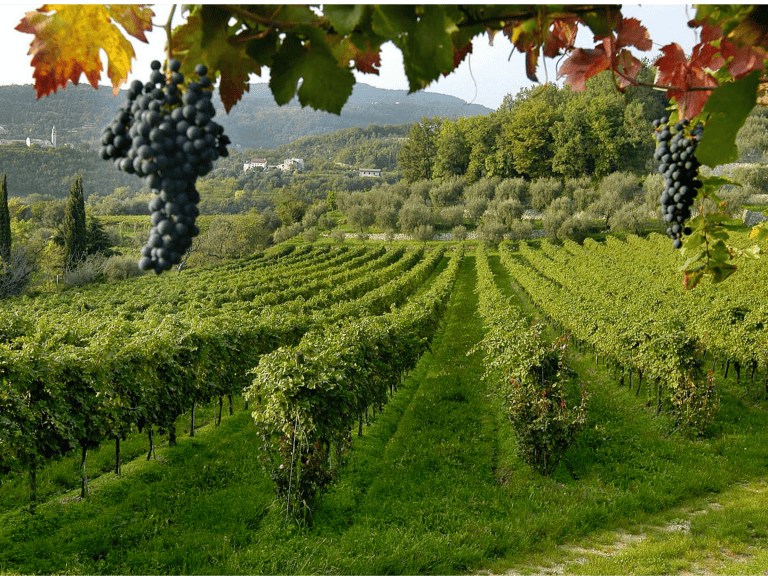
Santa Margherita
As one of Italy’s largest family-owned wine producers, Santa Margherita has developed a reputation for excellence across a diverse range of prominent wine regions.
Berlingeri is not dissuaded by guests who are unfamiliar with the region and who may lean toward more familiar territory rather than trying to decode Italy’s less well known wines. “It’s a region that’s still very much under the radar,” he says, “but also one presenting fresh options and styles.” He adds that Alto Adige’s unique position and Kettmeir’s multicultural backstory “start the conversation.” And that’s where he emphasizes staff training for guiding guests through the uncharted territory.
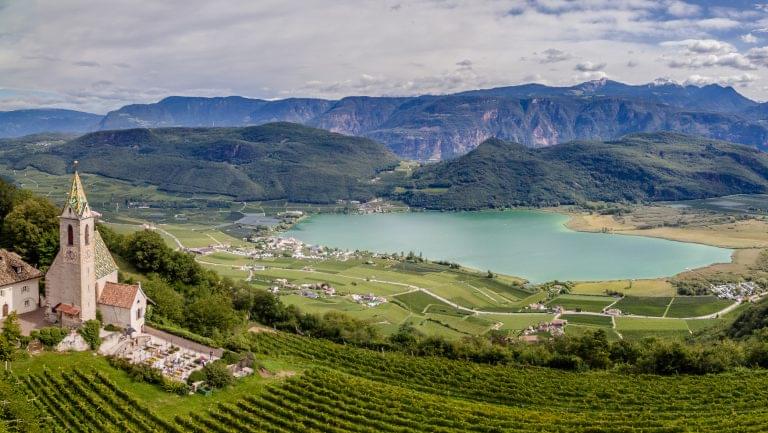
Berlingeri and his staff tell their guests that Kettmeir is “a melding of Austrian-German culture with Italian culture,” says Berlingeri. “So we have the story, then we have the passion … and then we tell [guests] how the terroir gives [the wines] this mountain minerality. When you come into one of our restaurants and ask about the wines, we want to give you the feeling of being transported to an area.”
Looking to the Future
The Kettmeir winery retains the motto Progressio in tradizione—dedicated to tradition but with an eye toward the future. It has kept the original footprint of its historic cellars but has modernized its production facility to ensure that its wines reflect both their Alpine DNA and the Roman philosophy of winemaking precision, flavor, and freshness.
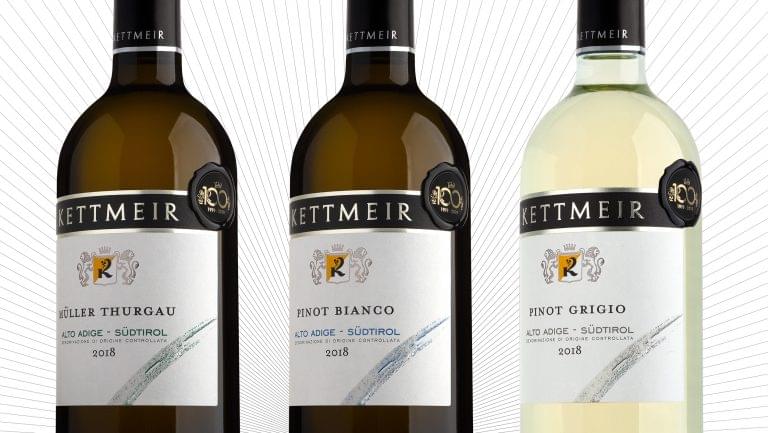
Kettmeir is marking its centennial with a renewed commitment to both its legacy and its future. A redesign of the winery’s logo and brand identity features a bold royal blue and yellow that reflect the colors found in the natural environment of Alto Adige. A special anniversary logo incorporates notation of the centennial and will be embossed on all bottles of the 2018 vintage as part of this commemorative packaging—expected to be released in May 2019, as the celebration gets underway.
Kettmeir’s Pinot Grigio will also get a packaging redesign. Starting in May of this year, the wine will be bottled in clear glass to make it more identifiable on the shelf and increase its competitive visibility with Chardonnay, currently the most popular white wine in the U.S. Kettmeir’s Pinot Bianco and Mülller-Thurgau bottlings will keep their signature dark green glass, as the traditional color offers more protection to accommodate the long-term ageability of these wines.

“Alto Adige has always offered itself in a limited way” on the international market, says Romen, noting that historically, 60 percent of its wine has been consumed within the region. He says, however, that in the last decade, more wineries are looking for ways to increase their visibility beyond national borders. And, for its centennial, Kettmeir is so positioned.
“It is the right time,” says Romen, “to start talking more and more about this beautiful region that produces wines that, thanks to the characteristics of freshness, elegance, and aromas, are perfectly [compatible with] contemporary and international cuisines.”

Dispatch
Sign up for our award-winning newsletter
Don’t miss the latest drinks industry news and insights—delivered to your inbox every week.


